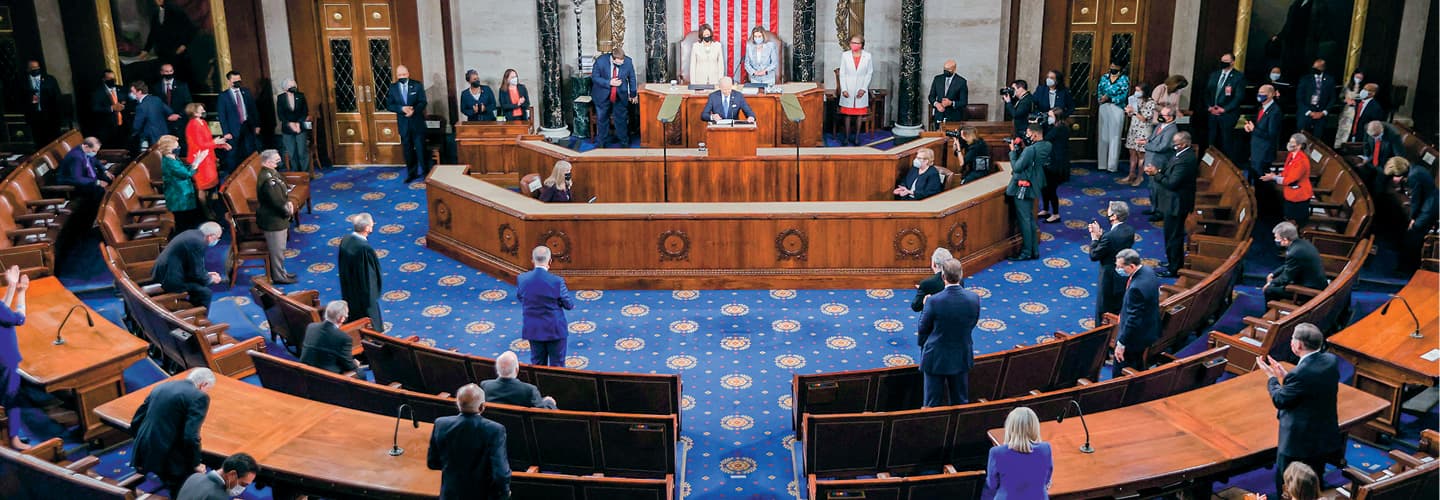The short answer: a lot. That has to do with the skyrocketing cost of getting elected. The average race for a U.S. House of Representatives seat cost $4.4 million in 2020—and in a single race in Georgia for a Senate seat, the two major candidates together raised nearly $255 million.
That means fund-raising is an almost daily activity for many lawmakers—and especially for House members, who have to run for re-election every two years. (Senators seek re-election every six years.)
The Democratic Congressional Campaign Committee, which oversees House campaigns, has recommended in the past that members spend a whopping four hours a day on “call time”—contacting donors by phone to ask for money—compared with just two hours a day in committee hearings or on the House floor.
“House members start running for re-election as soon as they’ve been sworn in. It’s nonstop,” says Congressman Jim Cooper, a Tennessee Democrat. “If they don’t, people assume they are deathly sick or just haven’t announced their retirement yet.”
The short answer: a lot. That has to do with the skyrocketing cost of getting elected. The average race for a U.S. House of Representatives seat cost $4.4 million in 2020. In a single race in Georgia for a Senate seat, the two major candidates together raised nearly $255 million.
That means fund-raising is an almost daily activity for many lawmakers. It’s even more critical for House members, who have to run for re-election every two years. (Senators seek re-election every six years.)
The Democratic Congressional Campaign Committee oversees House campaigns. It has recommended in the past that members spend four hours a day on “call time,” contacting donors by phone to ask for money. That’s compared with the two hours a day they spend in committee hearings or on the House floor.
“House members start running for re-election as soon as they’ve been sworn in. It’s nonstop,” says Congressman Jim Cooper, a Tennessee Democrat. “If they don’t, people assume they are deathly sick or just haven’t announced their retirement yet.”

